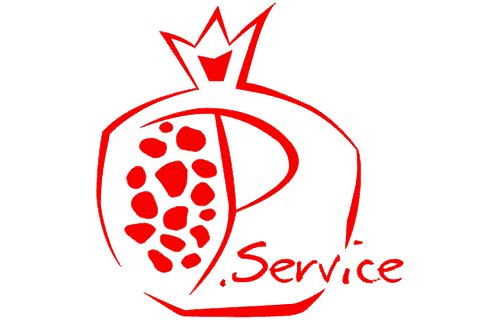- Igiene e sicurezza
- 0 likes
- 3271 views
In the sterilization process, after the stages of decontamination, washing, drying and disinfection, the instruments must be loaded in an autoclave for sterilization. The sterilization is therefore the result of a complex process which has the aim to ensure the destruction of living microorganisms on the surfaces of the instruments themselves. Pulling the instrument from the autoclave sterilized as it is, however, immediately we lose its sterility giveaway would be immediately attacked by germs in the room. This would be an irreparable problem for all operators using the work tools to act on mucous membranes or affect skin tissue, such as dentists and podiatrists. To maintain longer unaltered sterility you must be made (in the case of an autoclave in class B or with saturated steam) to the packaging of the working tools. This is a procedure which serves not only from an aesthetic point of view, or to the sense of hygiene that gives the customer see unwrapped a tool in front of them, but it is a fundamental and only passage for maintaining the sterility of the instrument up to 30 days (in normal conditions). There are 2 types of packaging, self-sealing in envelope or roll, the second involves the use of a heat sealer, but we shall see hereinafter how it works.
PACKAGING: BARRIER SYSTEM STERILE (SBS)
tools-imbustatiIl packaging is a preliminary procedure for sterilization and consists of inserting devices into envelopes for sterilization (sterile barrier system - SBS). The SBS (the pack) is intended to allow sterilization, to provide physical protection, maintain sterility until use. For the packaging can be used dell'accoppiato paper-polypropylene or medical-grade paper. The important thing is that it controls the correct welding of the envelope. The package can return the data traceability of the sterilization cycle: Key Operator initials of sterilization, sterilization cycle number indicated on the autoclave, the packaging date and expiry date (within 30 days. From packaging). Before introducing the package in the autoclave should be affixed label or tape with data traceability, or that data can be written by hand, with a marker suitable for steam sterilization, in addition to the area welding. Packages must be outside a chemical indicator class 1 (UNI EN ISO 11140-1): This indicator is a highlight if the package has been processed or not (process indicator). The amplitude of thermo welding must not be less than 6 mm. The size of the envelope must be such that the material does not take up more than ¾ of the total volume.
The welding of the envelopes
For the packaging of tools can be used for the self-sealing sterilization envelopes, or envelopes with the measures already predetermined and with a closure for the sterilization autosigillante.rotoli
Or the rolls for sterilization, always in paper / polypropylene, to be cut at will, which however, must siglillati by means of special welding machines that provide thickness and sealing of the sealing (Standards EN 868-4 / 5 and DIN 58953-7).
It is important to dwell on the packaging process, because the sterile storage of the instrument can be guaranteed only by the proper sealing of the envelope. The tools included in envelopes which are evident seals uneven or burns, they must be completely repackaged.
To guarantee the correct operation of the heat sealer should perform periodic monitoring welds.
Addition of specific tests are available which highlight both the thickness of the sealing, both possible points of failure welding, that would invalidate the preservation of sterility.
not packaged medical devices
Can be used autoclaved medical devices unwrapped providing these are used exclusively on the mucosa intact and their use is immediate or in the day. In the operation of packaging we can then proceed to the autoclave loading.








